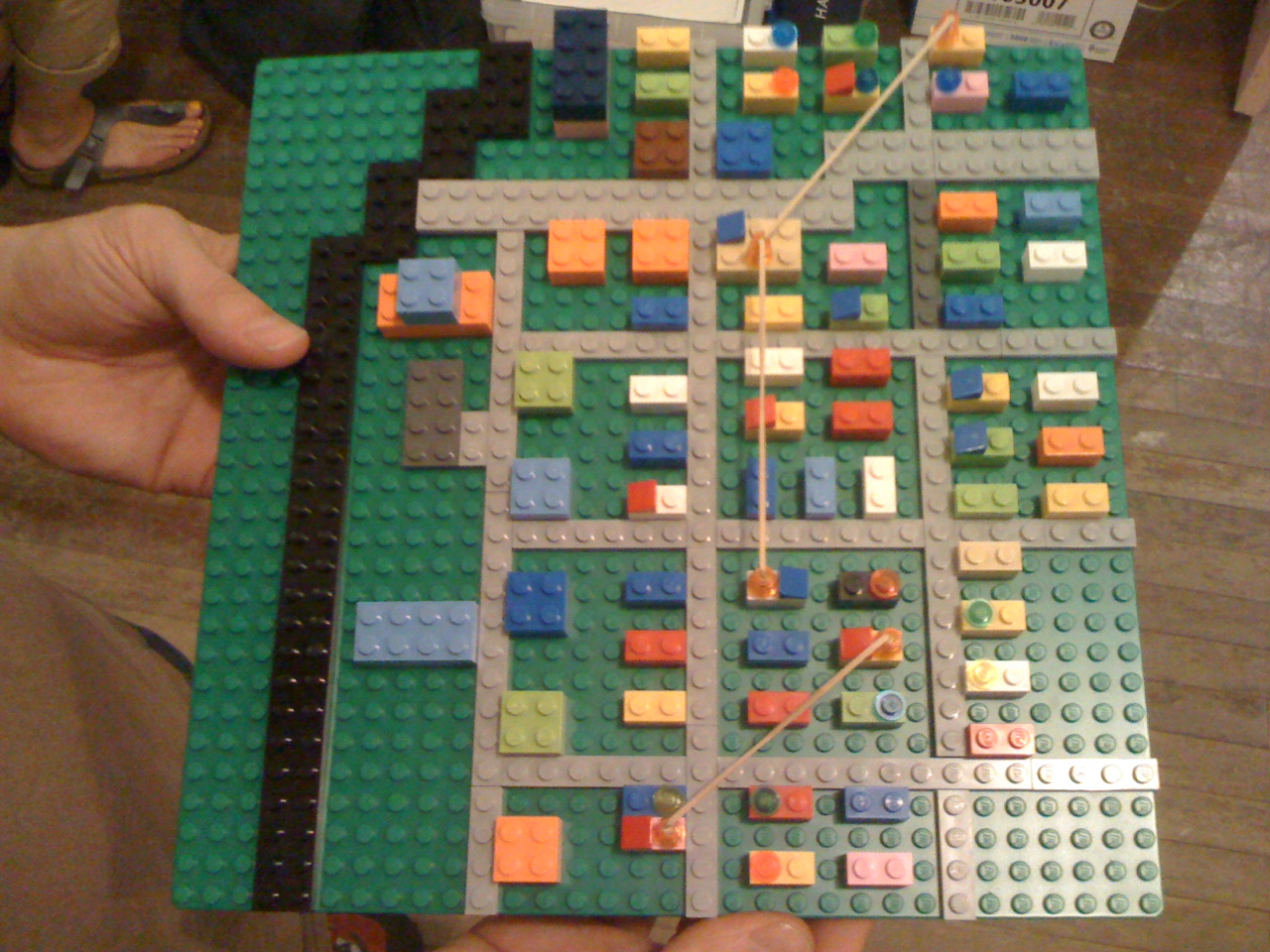 (Lego Mesh Wireless Network at the 2011 Allied Media Conference photo by Colin Rhinesmith)
(Lego Mesh Wireless Network at the 2011 Allied Media Conference photo by Colin Rhinesmith)
[Editorial re-posted from The Journal of Community Informatics]
In yesterday’s Op-Ed, titled “For all the hype in 2023, we still don’t know what AI’s long-term impact will be” written by Open University Professor John Naughton and published in The Guardian, Naughton argued that while many continue to speculate about how artificial intelligence will shape the future, “At the moment, it’s obviously impossible to say, not least because we always overestimate the short-term impacts of novel technologies while grossly underestimating their long-term effects.” Naughton went on to explain that answers might be found in three areas worthy of consideration.
The first area is AI’s role in augmenting human capability or what he described as “a new kind of ‘power steering for the mind’,” as flawed as it might be. The second is whether AI will be sustainable due to its extreme demands on natural and human resources. Third, Naughton asked “will it make economic sense?” As many critical technology scholars have underscored, magical thinking about technology must be countered by systematic analyses not only of how technology shapes society, but how society, including structural inequality, shapes technology and its consequences.
In this context, it is worth considering what the contribution of community informatics might be to further studying, analyzing, and understanding the long-term impacts of artificial intelligence.
While I hope this journal will publish more work on this topic in the years to come, I thought I’d share a couple of insights here in this editorial to get the discussion started.
In looking for inspiration to begin lightly engaging with this subject, I came across William McIver Jr.’s 2006 conference paper titled, “Community Informatics and Human Development” published in Lecture Notes in Computer Science. Following on the heels of the United Nations World Summit on the Information Society (WSIS) in Tunis in 2005 (see Gurstein’s 2005 article for more), McIver argued that “community informatics has a specific role to play in contributing to the realization of the Millennium Development goals and the improvement of human development in general.” Yet, McIver cautioned against technological deterministic thinking.
Similarly, as critical information scholars such as Safiya Umoja Noble have argued, “An app will not save us.” Rather, as Noble reminds us, artificial intelligence technologies such as a Google Search reflect “the political, social, and cultural values of society.” It is within this context that the value and possibility of community informatics can be best understood.
In 2006, McIver explained that community informatics offers a holistic process for critically studying and understanding the implementation and impacts of advanced information and communication technologies (ICTs). This process, McIver described, includes the following steps: “(1) understanding the community context to which ICTs might be applied; (2) developing appropriate and sustainable models for the socio-technical systems into which such ICTs are to be integrated; and (3) selecting and appropriating ICTs based on knowledge gained from parts (1) and (2) of this process.” Even more importantly, McIver recognized the potential threats to society from advanced ICTs such as AI because of the reasons Noble points out so comprehensively in her book.
To address these threats, McIver argued that community informatics must center democratic, participatory, and consensual processes that resist “existing power relations and inequalities,” as well as “new forms of state repression.” This is the baseline. As McIver explained, community informatics must go further.
“More fundamentally, community informatics must empower communities that contemplate ICT-based solutions to develop their own productive forces within the information society so that they can control the modes of production that evolve within it and, thereby, have the possibility of preventing and responding to its threats.”
For almost 20 years, this journal has sought to study, understand, and explain how communities have worked to achieve these goals. Community informatics continues to offer a unique space, amongst the noisy hope or hype speculations about AI, to bring communities together—through research and praxis—to investigate and contemplate the social, political, economic, and community contexts in which AI might, or might not, be applied.
My hope is that the next 20 years of this journal will provide a fourth area to Naughton’s other considerations focused on the role of communities in shaping how AI will impact our world.